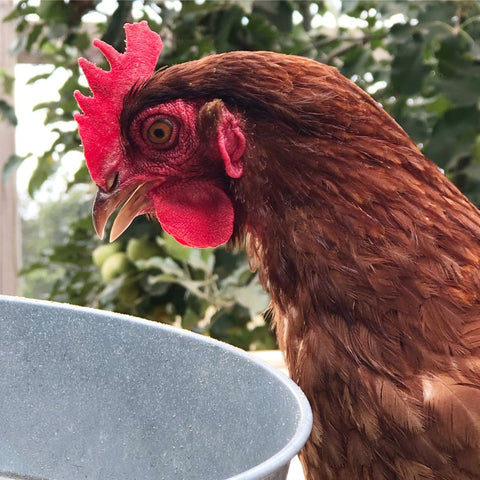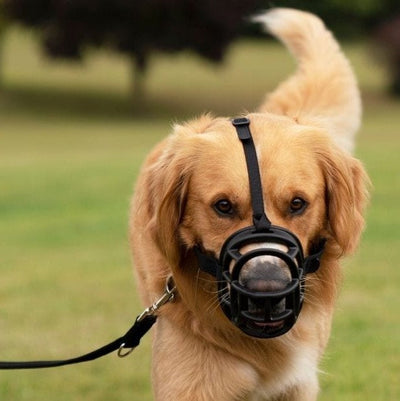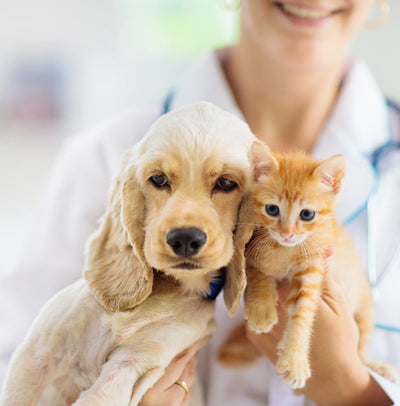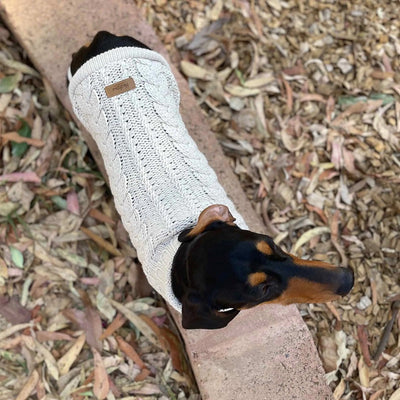For new chicken owners, the world of backyard chickens can be rewarding, but it comes with its unique challenges. One such challenge that often arises is the phenomenon of hen bullying, a natural behaviour deeply ingrained in the social dynamics of these feathered companions. In this article, we delve into the intricacies of dealing with hen bullying, offering invaluable tips and insights to assist novice chicken enthusiasts in fostering a harmonious and thriving coop environment. Whether you're navigating the complexities of the pecking order or seeking ways to ensure the well-being of your feathered friends, join us as we explore effective strategies for managing hen bullying and promoting a contented and cohesive flock.
Observe the behaviour of your flock.
Before taking any action, it's important to observe the behaviour of your flock and identify which hens are doing the bullying. This can help you determine the best course of action to take. Keep a close eye on the new hens to make sure they are not being isolated or excluded from the flock.
what is the main reason hens bully one another?
Chicken bullying, or pecking order behaviour, is a natural and instinctual behaviour in hens. The main reason hens engage in bullying or pecking order behaviour is to establish and maintain a social hierarchy within the flock. In a group of chickens, each bird seeks to determine its rank or status relative to others. This pecking order helps to reduce competition for resources, establish order, and maintain harmony within the flock.
Here are some key reasons behind pecking order behaviour in hens:
-
Establishing Social Hierarchy: Chickens have a social structure where each individual knows its place in the flock. The pecking order determines which hen is dominant and which are subordinate. This orderliness helps reduce conflict and minimizes aggressive encounters over resources.
-
Resource Competition: Hens may engage in bullying behaviours when there is competition for resources such as food, water, and nesting spaces. Dominant hens may assert their authority to ensure they get priority access to these essential resources.
-
Territorial Behaviour: Chickens can be territorial, and establishing a pecking order helps define territories within the coop or run. This territoriality reduces stress and conflict by creating clear boundaries.
-
Maturation and Hormonal Changes: As hens mature and go through hormonal changes, there can be shifts in the pecking order. Younger or newly introduced birds may be pecked as they integrate into the existing flock, as the hierarchy is reestablished.
-
Maintaining Order and Stability: The pecking order provides stability and order within the flock. Once the hierarchy is established, it helps reduce aggression and maintains a more harmonious social environment.
To reduce the negative effects of bullying, it's important to provide adequate space, enrichment, and resources for the flock. Additionally, keeping a diverse and balanced flock in terms of age and size can help reduce the intensity of pecking order behaviours. If bullying becomes excessive or if a hen is injured, intervention may be necessary, such as separating the aggressor temporarily or addressing potential causes of stress in the environment.
What are other signs of aggression in a flock of hens
Look for signs of aggression such as pecking, chasing, or blocking access to food and water.
Aggression in a flock of hens can manifest in a variety of ways, and it's important to recognize the signs early on to prevent any serious injuries or harm to the birds. Here are some common signs of aggression in a flock of hens:
-
Feather Pecking: One of the most common signs of aggression in a flock of hens is feather pecking. This occurs when one bird pecks at another bird's feathers, which can lead to bald patches, wounds, and infections. Often this will occur around the cloaca and the neck.
-
Head Pecking: Head pecking is another sign of aggression, and it occurs when one bird repeatedly pecks at another bird's head. This can cause injuries to the eyes, beak, and comb.
-
Bullying: Bullying can also be a sign of aggression, and it occurs when one bird consistently picks on another bird, preventing them from accessing food, water, or nesting areas.
-
Aggressive Posturing: Hens may also exhibit aggressive posturing, such as fluffing up their feathers, lowering their head, and charging at other birds.
-
Vocalisation: Hens may also make aggressive vocalisations, such as squawking, clucking loudly, or hissing, when they feel threatened or stressed.
If you notice any of these signs of aggression in your flock, it's important to take action to prevent further harm to the birds. You can separate the aggressive birds, provide more space and resources, or try to identify and address any underlying causes of stress or aggression.
Provide enough space and resources for all hens.
One of the main reasons for hen bullying is competition for resources such as food, water, and space. Make sure you have enough of these resources for all your hens, and consider adding extra feeders and waterers to prevent overcrowding. Providing enough space in the coop and run is also important, as overcrowding can lead to stress and aggression. Aim for at least 60cm x 60cm of space per hen in the coop, and 1m x 1m per hen in the run.
Can adding more feeders help prevent bullying in hens
Yes, adding more chook feeders can help prevent bullying in hens by reducing competition for food. When there are too few feeders in a flock, dominant birds may prevent less dominant birds from accessing the feed, leading to bullying and aggressive behaviour.
Adding more feeders can distribute the feed more evenly and provide more opportunities for birds to access the feed without being bullied. It's also a good idea to place the feeders in different areas of the coop or run, which can help to reduce crowding and competition among the birds.
In addition to adding more feeders, providing plenty of water sources, perches, and nesting boxes can also help reduce aggression and bullying in a flock of hens. When birds have plenty of space and resources, they are less likely to feel stressed and exhibit aggressive behaviours towards one another.
Separate the bully from the flock.
If one hen is consistently bullying the others, it may be necessary to separate her from the flock. This can be done by creating a separate enclosure within the coop or run, or by keeping her in a separate area altogether. This will give the other hens a chance to establish their own pecking order without the constant threat of bullying. Keep the bully separated for at least a week, and then reintroduce her slowly to the flock, monitoring their interactions closely. If the bullying continues, it may be necessary to permanently separate the bully from the rest of the flock.
Introduce new hens slowly and carefully.
When introducing new hens to an existing flock, it's important to do so slowly and carefully. This will help prevent bullying and aggression from the older hens. Start by keeping the new hens in a separate enclosure within the coop or run, where they can see and hear the other hens but not interact with them directly. After a few days, allow the hens to mingle under close supervision. If any bullying or aggression occurs, separate the hens again and try again later. Gradually increase the amount of time the hens spend together until they are fully integrated into the flock.
Consider adding distractions or toys to the coop.
One way to help reduce hen bullying is to provide distractions or toys in the coop. This can include things like hanging a head of cabbage or lettuce for the hens to peck at, or placing a mirror in the coop to give the hens something to look at.
Other tips on products to reduce bullying in the hen house include:
- Adding a swing for your hens to perch on
- Placing puzzle style treat holders in the enclosure such as the Bainbridge Poultry Vegetable Basket
- Filling a Bainbridge Poultry Treat Roller with mealworms - your hens will love these protein packed treats!
These distractions can help redirect the hens' attention and reduce aggression towards each other. Additionally, providing plenty of space, perches, and nesting boxes can also help reduce bullying by giving each hen their own personal space.
How long will a Hen bully another hen for?
The length of time that a hen will bully another hen can vary depending on a number of factors, including the personalities of the birds, the size of the flock, and the availability of resources such as food, water, and nesting space.
In some cases, a hen may only bully another bird for a short period of time, perhaps a few days or weeks, until the pecking order is established and the birds have settled into their respective positions. However, in other cases, a hen may continue to bully another bird persistently for an extended period of time, potentially causing harm to the bullied bird.
If you notice that a hen is consistently bullying another bird, it's important to take action to prevent further harm. This could include separating the aggressive bird from the rest of the flock for a period of time, providing additional resources to reduce competition, or rehoming the aggressive bird if the behaviour persists.
© weknowpets 2024










